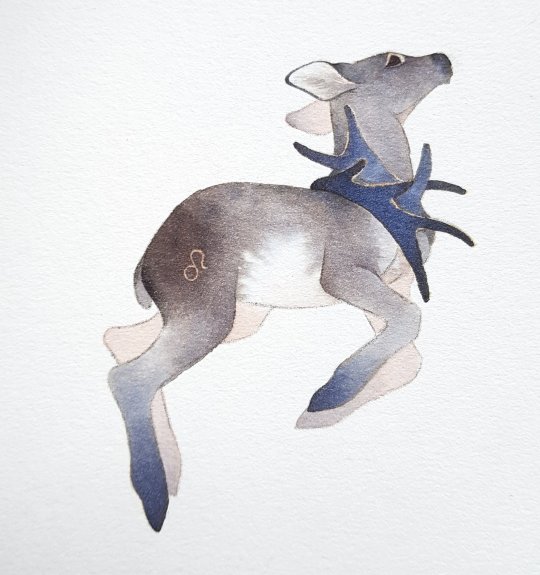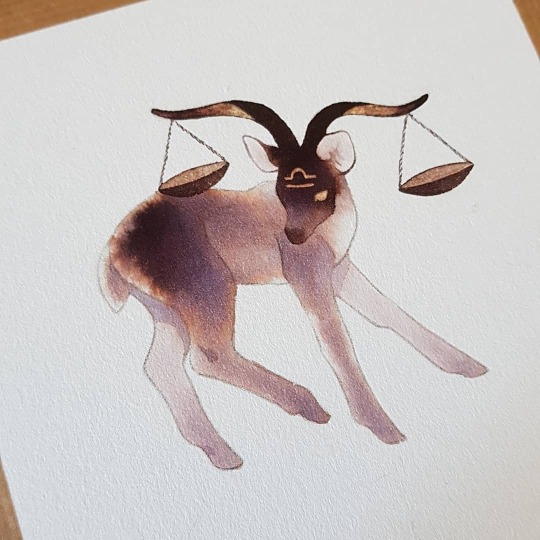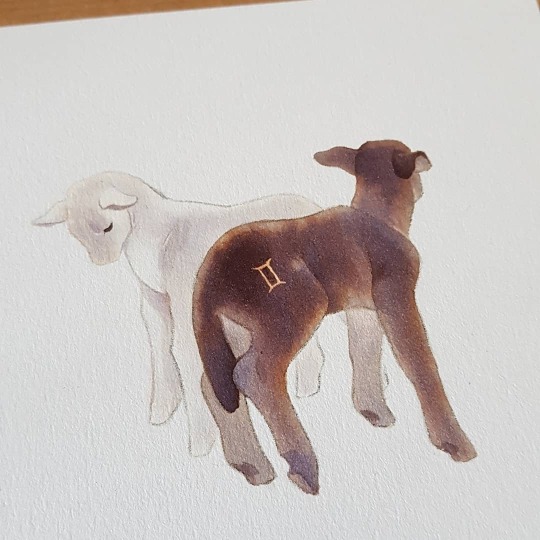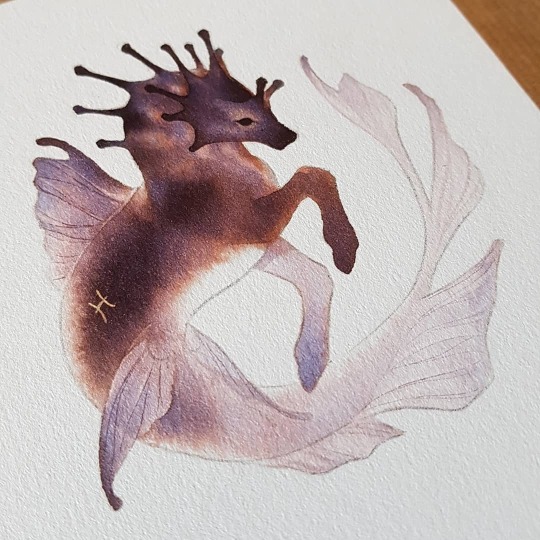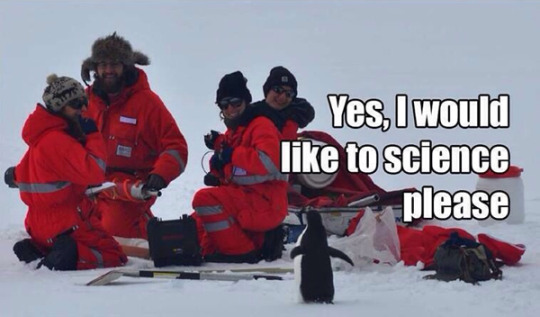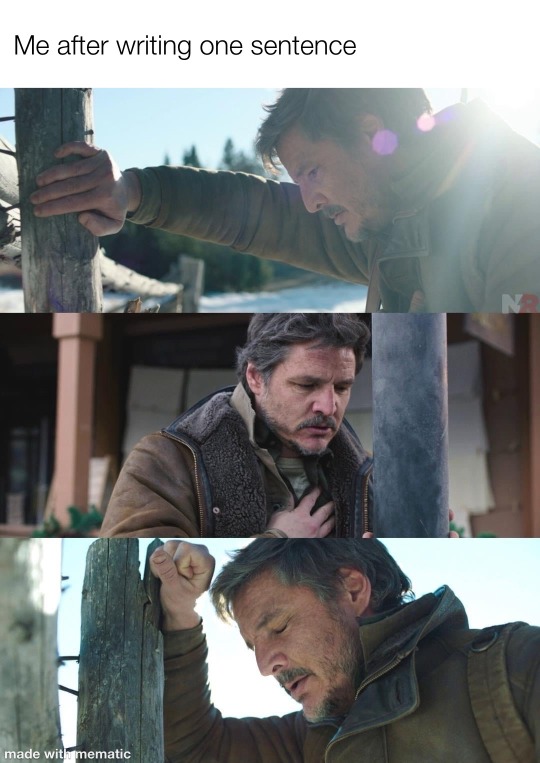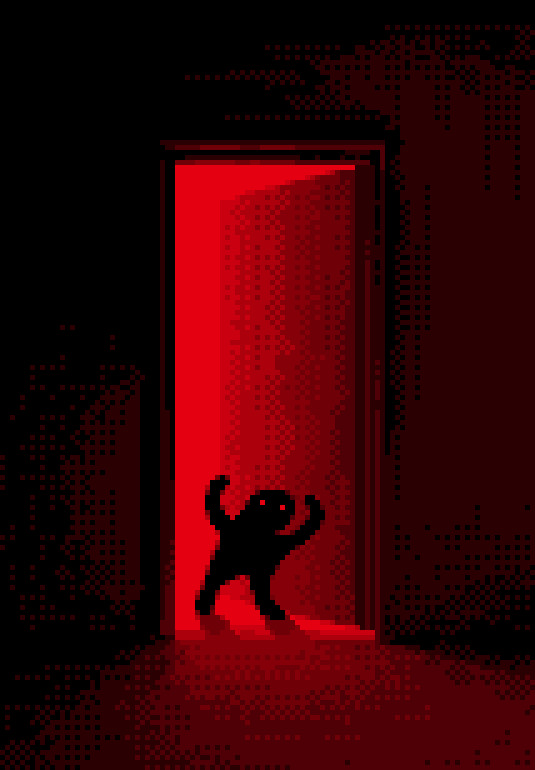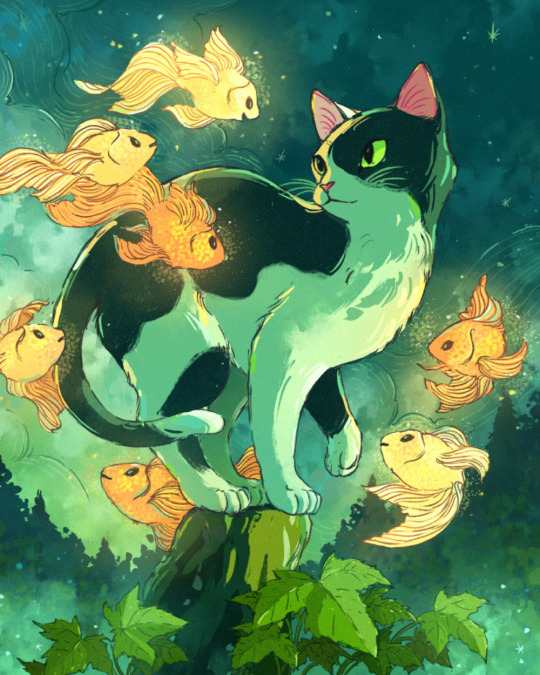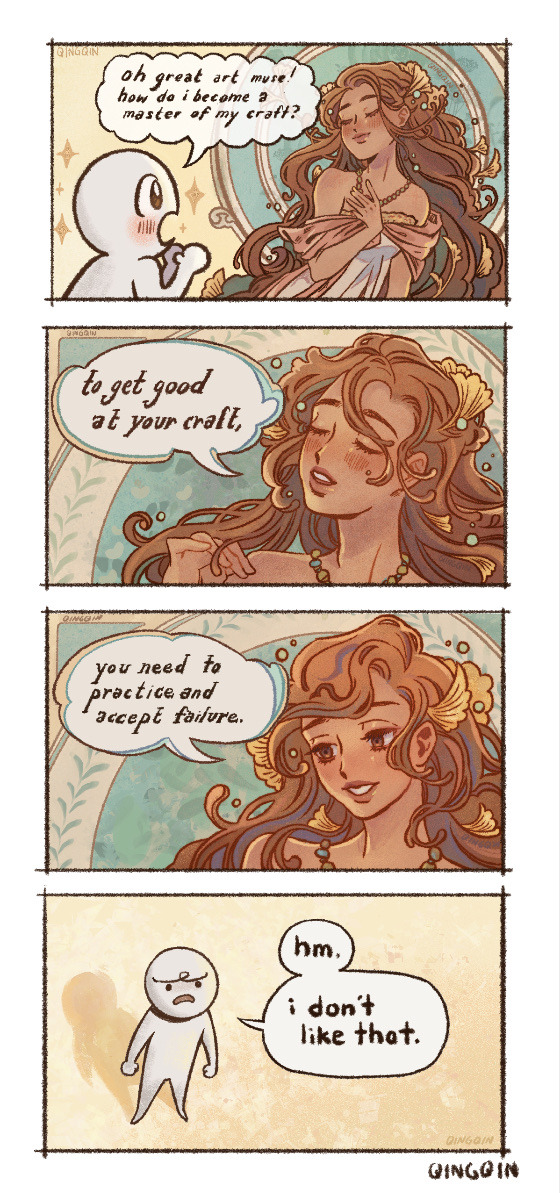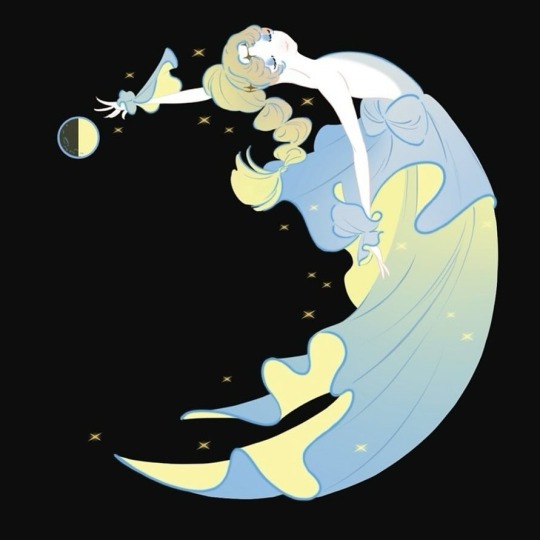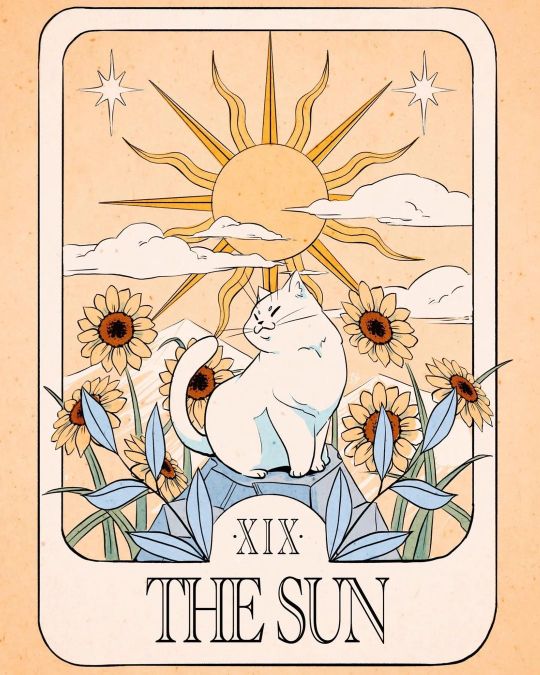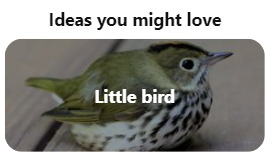Text
Story Blueprint - The Ultimate Template for Writers
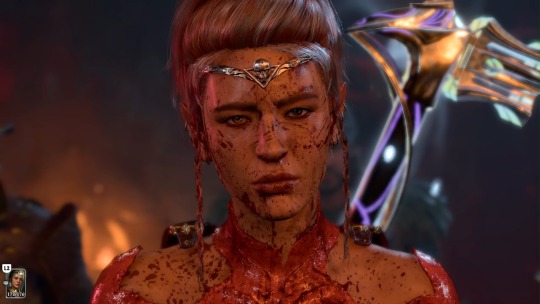
The ultimate writing template aka what to think of when crafting a story
<< keep reading >>
Vision Statement:
Define the overarching purpose and message of your story.
2. What emotions or themes do you aim to evoke in your audience?
3. Describe the impact you aspire your story to have on readers.
Character Exploration:
Protagonist:
Who is your main character?
What are their goals, fears, and motivations?
How do they evolve throughout the story?
Antagonist:
What forces oppose the protagonist?
What drives the antagonist's actions?
How do their goals clash with the protagonist's?
Supporting Characters:
Who are the key players in your story?
How do they contribute to the narrative's development?
What unique perspectives or roles do they bring?
Worldbuilding:
Setting:
Describe the world in which your story unfolds.
What are its unique features, cultures, or rules?
How does the setting shape the characters and plot?
Lore:
Develop the history, mythology, or lore of your world.
What events or legends influence the present narrative?
How do these elements enrich the reader's immersion?
Plot Structure:
Beginning:
Establish the inciting incident that propels the story forward.
Introduce key characters, conflicts, and the story's central question.
Middle:
Develop rising action, complications, and character arcs.
Explore subplots and challenges that test the protagonist.
End:
Resolve the central conflict and character arcs.
Provide closure while leaving room for reflection or future possibilities.
Theme and Symbolism:
Identify recurring themes or motifs within your story.
How do these themes resonate with the characters and plot?
Integrate symbolic elements to deepen the narrative's meaning.
Tone and Voice:
Determine the tone of your story (e.g., humorous, suspenseful, introspective).
Define the narrative voice and point of view.
Ensure consistency in tone and voice to maintain immersion.
Emotional Impact:
Explore the emotional journey of your characters and readers.
How do you evoke empathy, tension, joy, or catharsis?
Craft moments of emotional resonance to forge a lasting connection.
#writer community#writing#writing help#character template#original character#character creation#creative writing#writeblr#writerslife#writing community#writers on tumblr#writers of tumblr#writers#writing inspiration#writing prompt#writing prompts#writing tips#writing reference#character prompt#rp template#rp resources#writing advice#writing blog#on writing#writerscommunity#writing template#multiuse#creative process#character creation template#authors of tumblr
53 notes
·
View notes
Text
Writeblr Glossary
A list of words commonly used in the Writeblr community and their meaning!
I’ve gotten a lot of questions about what some things mean, so I thought it was time to compile a list of meanings.
Writeblr — A community of writers on tumblr; A blog that posts primarily about writing. See here for a more in-depth explanation. (Also written as Writblr on occasion)
WIP — Stands for Work in Progress. Primarily, it’s a piece of fictional work that is still in the writing process and is unfinished. (Also see: WIP page)
OC — Stands for Original Character. This is a character entirely of your own creation.
Tag list — A tag list is a list of users who will be tagged in every post that a Writeblr makes about a certain WIP. It is often included at the bottom of a post, and people are free to ask to be included, or removed from it.
WIP Page — A page or a post on a Writeblr that describes a WIP. Commonly includes a synopsis, setting, characters, etc. See here for what goes in a WIP page and how to make one.
Tag games — Tumblr games where people will do something (often answer questions, a snippet of their WIP, etc) and ask other users to participate by using the @ function in that post.
Ask games — A tumblr game where a user will request people to send them things with the ask function. Often times will include a list of questions they wish to be asked.
Fanfiction — Fiction written by a fan about an existing TV show, movie, book, etc. Often features the characters, the setting, etc. of that piece of media.
AU — Stands for Alternate Universe. AUs typically feature the same cast of characters of a WIP or an existing piece of fiction with a major change or two. (For example, a Fantasy AU would involve placing the characters in a fantasy setting. There also may be an AU of what might happen if a certain character didn’t die in their story).
Canon — Material or information that is accepted as an official part of a story. (i.e., the creator confirms it and includes it in their story).
Headcanons — Ideas and interpretations of a fictional work that is accepted by a fan, but isn’t necessarily supported by canon.
Moodboard — A collection of images meant to evoke a certain feeling or emotion. Often used by Writeblrs for their WIPs and OCs.
Have a word you’d like to see included? Let me know and I’ll add it!
Have a question on what a writeblr term means? Ask!
6K notes
·
View notes
Text
Story Generator (Generic)
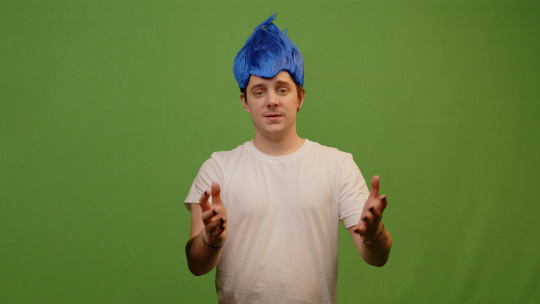
Create a story by answering a few short basic questions! :)
Genre of your story:
Fantasy
Mystery
Romance
Science Fiction
Thriller
Historical Fiction
Contemporary
Horror
Main conflict in your story:
Man vs. Nature
Man vs. Society
Man vs. Self
Man vs. Supernatural
Man vs. Technology
Man vs. Man
Setting of your story:
Medieval Kingdom
Futuristic City
Small Town
Outer Space
Post-Apocalyptic World
Magical Realm
Historical Period
Modern World
Protagonist's main goal:
Find a lost loved one
Seek revenge for a past injustice
Uncover a long-buried secret
Survive against all odds
Save the world from destruction
Discover their true identity
Achieve fame and fortune
Love
Antagonist's motivation:
Power and control
Revenge for a past betrayal
Protecting their loved ones
Preserving tradition
Survival at any cost
Redemption for past mistakes
Seeking justice for a perceived wrong
Unexpected event that disrupts the protagonist's plans:
Natural disaster strikes
Betrayal by a trusted ally
Discovery of a hidden enemy
Revelation of a family secret
Encounter with a mysterious stranger
Sudden illness or injury
Loss of a crucial ally
Unforeseen technological malfunction
Capture or imprisonment by an unknown entity
Encounter with a mythical creature
Sabotage of essential resources or equipment
Accidental activation of a dangerous artifact
A sudden change in the political landscape
Unveiling of a long-concealed prophecy or curse
Unexpected time travel or dimensional shift
Encounter with a hostile faction or rogue agent
Major revelation that changes everything (basic + .. less basic):
The protagonist's mentor is actually the antagonist in disguise
The protagonist is a long-lost heir to the throne
The antagonist is secretly working to save the world
The main conflict is part of a larger conspiracy
The protagonist has a hidden power they never knew about
The true villain is someone the protagonist trusted implicitly
The main conflict is a result of a misunderstanding
The protagonist's memories have been manipulated
The protagonist is revealed to be a chosen one destined to fulfill a prophecy.
The antagonist is a relative or close family member of the protagonist.
The conflict is orchestrated by a higher-dimensional entity or godlike being.
The protagonist's entire reality is a constructed illusion, and they are actually living in a simulated world.
The true purpose of the protagonist's quest or mission is revealed to be something entirely different from what they believed.
The antagonist's actions are driven by a tragic event from their past, for which the protagonist unwittingly played a role.
The main conflict is revealed to be a test of character orchestrated by an ancient order or supernatural force.
The protagonist discovers a hidden connection or link between themselves and the antagonist that predates their current conflict.
Resolution of the conflict: (,again,, basic + a little less basic)
The protagonist and antagonist team up to defeat a greater threat
The conflict is resolved through sacrifice
The protagonist discovers a peaceful solution to the conflict
The antagonist has a change of heart and seeks redemption
The conflict is revealed to be a test orchestrated by a higher power
The protagonist realizes they were fighting for the wrong side all along
The conflict is resolved through a clever twist of fate
The conflict is resolved through forgiveness and reconciliation
The conflict ends in a stalemate, forcing both the protagonist and antagonist to find a new path forward.
The protagonist discovers a loophole or loophole in the conflict's rules, allowing them to outsmart their adversary.
A sudden change in circumstances renders the conflict irrelevant, forcing the protagonist and antagonist to reassess their priorities.
The intervention of a neutral third party brings an unexpected end to the conflict, leaving both sides with unresolved feelings.
The conflict resolves in a bittersweet compromise, where neither side achieves a complete victory but finds a way to coexist.
A dramatic revelation about the true nature of the conflict forces the protagonist and antagonist to reevaluate their positions.
The conflict is resolved through a symbolic gesture or act of kindness, transcending the need for further confrontation.
Josie
#writer community#writing#writing help#character template#original character#character creation#creative writing#writeblr#writerslife#writing community#writers on tumblr#writers of tumblr#writers#writing inspiration#writing prompt#writing prompts#writing tips#writing reference#character prompt#rp template#rp resources#writing advice#writing blog#on writing#writerscommunity#writing template#multiuse#creative process#character creation template#authors of tumblr
80 notes
·
View notes
Text
when creating a character for a story, don't forget:
basic background: start by creating a detailed background for your character, including their upbringing, family relationships, and education
goals and motivations: determine what your character wants and why they want it; consider their short-term and long-term goals and motivations
strengths and weaknesses: every character should have strengths that help them overcome obstacles, but also weaknesses that create conflict
complex relationships: develop significant relationships between the main character and other characters in the narrative
significance to the plot: make sure your character serves a purpose in the narrative.; their actions should propel the plot forward
Ultimate "Know Your Character Inside Out" Template
The ultimate template for creating a character, without losing your mind, while you're at it.
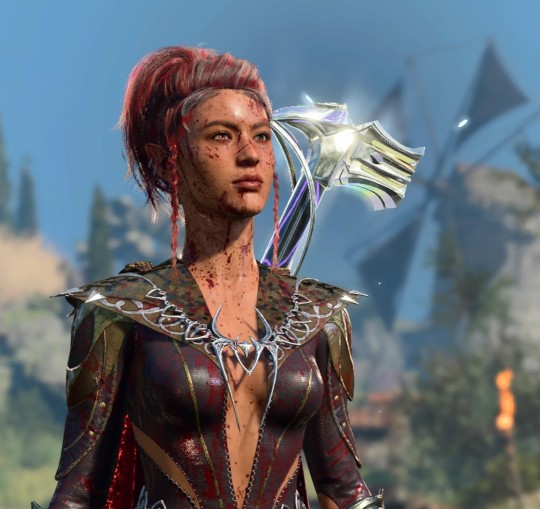
Character Background Template ... (open)
1. Name:
2. Age:
3. Gender & Pronouns:
4. Physical Appearance:
- Hair color:
- Eye color:
- Height:
- Build:
- Distinguishing features (scars, tattoos, etc.):
5. Background and Upbringing:
- Where were they born and raised?
- What was their family structure like (parents, siblings)?
- Describe their childhood environment and upbringing.
- Were there any significant events or traumas in their past?
6. Education and Skills:
- What level of education did they receive?
- Did they excel in any particular subjects or skills?
- Have they pursued any additional training or education since then?
7. Personality Traits:
- Describe their personality in a few words.
- What are their strengths and weaknesses?
- How do they typically react under stress or pressure?
8. Motivations and Goals:
- What are their short-term and long-term goals?
- What drives them to pursue these goals?
- Are there any fears or insecurities that motivate or hinder them?
9. Relationships:
- Who are the most important people in their life?
- How do they interact with family, friends, and acquaintances?
- Do they have any romantic interests or significant relationships?
10. Past Experiences:
- Have they faced any major challenges or setbacks in the past?
- How have these experiences shaped their beliefs and values?
- Have they experienced any significant losses or tragedies?
11. Worldview and Beliefs:
- What are their core beliefs and values?
- How do they view the world around them?
- Are there any cultural, religious, or philosophical influences in their life?
12. Inner Conflict:
- What internal struggles do they face?
- Are there any unresolved issues from their past that continue to affect them?
- How do these inner conflicts impact their decisions and actions?
13. Connection to Outer Conflict/Plot:
- How does their personal journey intersect with the main plot or external conflict?
- What stakes are involved for the character in the larger story?
- How do their goals and motivations align (or conflict) with the central conflict?
(Shorter) Knowing Your Character Inside Out Checklist
Personality Traits:
- Introverted/Extroverted
- Optimistic/Pessimistic
- Assertive/Passive
- Empathetic/Self-centered
- Logical/Emotional
- Adventurous/Cautious
- Honest/Dishonest
- Ambitious/Content
Beliefs and Values:
- Religious beliefs (if any)
- Moral code
- Political beliefs
- Views on relationships
- Attitude towards authority
Fears and Insecurities:
- Common fears (spiders, heights, etc.)
- Deep-seated insecurities (failure, rejection, etc.)
- Traumatic experiences (if applicable)
Desires and Goals:
- Short-term goals
- Long-term aspirations
- What motivates them to pursue these goals?
Strengths:
- Intellectual strengths
- Physical abilities
- Emotional resilience
- Social skills
- Unique talents or abilities
Weaknesses:
- Personal flaws
- Areas of vulnerability
- Bad habits
- Limiting beliefs
Backstory:
- Family background
- Childhood experiences
- Significant life events that shaped their identity
- Education and career path
- Previous relationships
-Josie
1K notes
·
View notes
Text
Ultimate "Know Your Character Inside Out" Template
The ultimate template for creating a character, without losing your mind, while you're at it.

Character Background Template ... (open)
1. Name:
2. Age:
3. Gender & Pronouns:
4. Physical Appearance:
- Hair color:
- Eye color:
- Height:
- Build:
- Distinguishing features (scars, tattoos, etc.):
5. Background and Upbringing:
- Where were they born and raised?
- What was their family structure like (parents, siblings)?
- Describe their childhood environment and upbringing.
- Were there any significant events or traumas in their past?
6. Education and Skills:
- What level of education did they receive?
- Did they excel in any particular subjects or skills?
- Have they pursued any additional training or education since then?
7. Personality Traits:
- Describe their personality in a few words.
- What are their strengths and weaknesses?
- How do they typically react under stress or pressure?
8. Motivations and Goals:
- What are their short-term and long-term goals?
- What drives them to pursue these goals?
- Are there any fears or insecurities that motivate or hinder them?
9. Relationships:
- Who are the most important people in their life?
- How do they interact with family, friends, and acquaintances?
- Do they have any romantic interests or significant relationships?
10. Past Experiences:
- Have they faced any major challenges or setbacks in the past?
- How have these experiences shaped their beliefs and values?
- Have they experienced any significant losses or tragedies?
11. Worldview and Beliefs:
- What are their core beliefs and values?
- How do they view the world around them?
- Are there any cultural, religious, or philosophical influences in their life?
12. Inner Conflict:
- What internal struggles do they face?
- Are there any unresolved issues from their past that continue to affect them?
- How do these inner conflicts impact their decisions and actions?
13. Connection to Outer Conflict/Plot:
- How does their personal journey intersect with the main plot or external conflict?
- What stakes are involved for the character in the larger story?
- How do their goals and motivations align (or conflict) with the central conflict?
(Shorter) Knowing Your Character Inside Out Checklist
Personality Traits:
- Introverted/Extroverted
- Optimistic/Pessimistic
- Assertive/Passive
- Empathetic/Self-centered
- Logical/Emotional
- Adventurous/Cautious
- Honest/Dishonest
- Ambitious/Content
Beliefs and Values:
- Religious beliefs (if any)
- Moral code
- Political beliefs
- Views on relationships
- Attitude towards authority
Fears and Insecurities:
- Common fears (spiders, heights, etc.)
- Deep-seated insecurities (failure, rejection, etc.)
- Traumatic experiences (if applicable)
Desires and Goals:
- Short-term goals
- Long-term aspirations
- What motivates them to pursue these goals?
Strengths:
- Intellectual strengths
- Physical abilities
- Emotional resilience
- Social skills
- Unique talents or abilities
Weaknesses:
- Personal flaws
- Areas of vulnerability
- Bad habits
- Limiting beliefs
Backstory:
- Family background
- Childhood experiences
- Significant life events that shaped their identity
- Education and career path
- Previous relationships
-Josie
#writer community#writing#writing help#character template#original character#character creation#creative writing#writeblr#writerslife#writing community#writers on tumblr#writers of tumblr#writers#writing inspiration#writing prompt#writing prompts#writing tips#writing reference#character prompt#rp template#rp resources#writing advice#writing blog#on writing#writerscommunity#writing template#multiuse#creative process#character creation template#authors of tumblr
1K notes
·
View notes
Text
i love this sm


Niloy November Day 22: Joke
aka Keeping Up with the Gauntlet Racers
Horizon Forbidden West (2022)
156 notes
·
View notes
